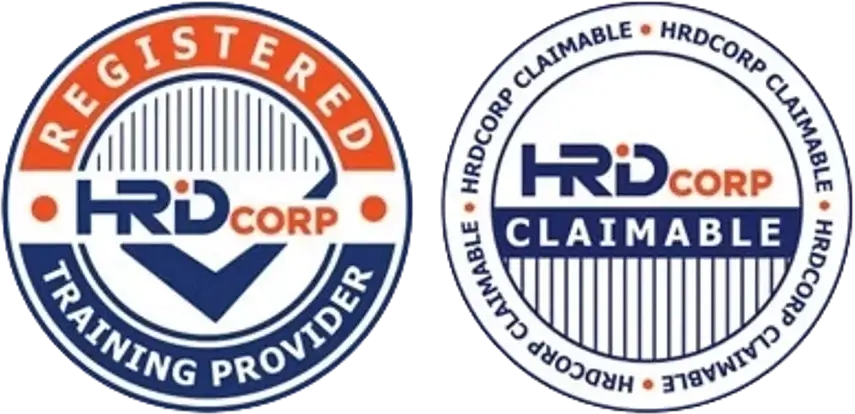Why Is Personal Hygiene Critical in a GMP Environment?
In any food manufacturing facility, human handling is one of the most common sources of contamination. That’s why personal hygiene is a core pillar of Good Manufacturing Practice (GMP).
Without strong hygiene protocols, even the most advanced equipment and clean facilities can’t guarantee food safety.
Let’s explore how personal hygiene supports GMP compliance — and what your team must do to protect product integrity.
🧼 What Is Personal Hygiene in GMP?
-
Refers to the cleanliness, appearance, and health practices of employees in food handling areas
-
Involves habits, clothing, and conduct that prevent food contamination
-
Enforced through SOPs (Standard Operating Procedures) and regular staff training
✅ Why Personal Hygiene Is Non-Negotiable in GMP
-
Prevents contamination from bacteria, viruses, and foreign materials
-
Reduces risks of cross-contamination between raw and cooked/finished products
-
Protects consumers from foodborne illness and allergic reactions
-
Ensures compliance with HACCP, ISO 22000, FSSC 22000, and local regulations
-
Builds customer trust and strengthens audit performance

🚿 Essential Personal Hygiene Practices in a GMP Facility
🧍 1. Hand Hygiene
-
Wash hands:
-
Before entering production areas
-
After using the toilet
-
After touching face, hair, or non-food items
-
-
Use soap, warm water, and single-use towels
-
Install handwashing stations at critical points
🧤 2. PPE (Personal Protective Equipment)
-
Mandatory items include:
-
Hairnets, beard covers, gloves, and lab coats
-
Face masks where applicable
-
Closed-toe, non-slip shoes
-
-
Change PPE regularly and replace if soiled
👃 3. Personal Conduct
-
No:
-
Eating, drinking, chewing gum, or smoking in production zones
-
Wearing jewelry, fake nails, or heavy cosmetics
-
Sneezing or coughing near exposed food — cover and exit area if needed
-
-
Limit movement between zones to avoid contamination spread
🤒 4. Health Checks & Illness Reporting
-
Screen staff for:
-
Diarrhea, vomiting, skin infections, flu, and open wounds
-
-
Restrict sick employees from handling food
-
Maintain medical declarations and return-to-work clearance documents
📋 5. Training & Monitoring
-
Train staff during:
-
Orientation
-
GMP refreshers (every 6–12 months)
-
-
Use:
-
Checklists for hygiene inspections
-
CCTV or supervisors to monitor hygiene compliance
-
⚠️ Common Hygiene Mistakes That Violate GMP
-
Skipping handwashing between tasks
-
Wearing unclean or damaged uniforms
-
Reusing disposable gloves across zones
-
Employees not reporting illnesses
-
Lack of signage or hygiene reminders in critical areas
🛠️ Tips to Strengthen Hygiene Culture
-
Install reminder posters in washrooms and entrances
-
Create a “Hygiene Champion” role for each shift
-
Conduct surprise hygiene audits
-
Reward teams with high hygiene scores
-
Use visual SOPs for multilingual teams
🧩 Final Thoughts
Personal hygiene isn’t just a checklist item — it’s a critical control point in your food safety system. In a GMP-compliant environment, every team member plays a role in preventing contamination and ensuring safe products reach your customers.
Need help developing hygiene SOPs, training modules, or GMP audits?
CAYS Scientific supports food manufacturers across Malaysia with GMP implementation, hygiene program design, and certification readiness for HACCP, ISO 22000, and FSSC 22000.



